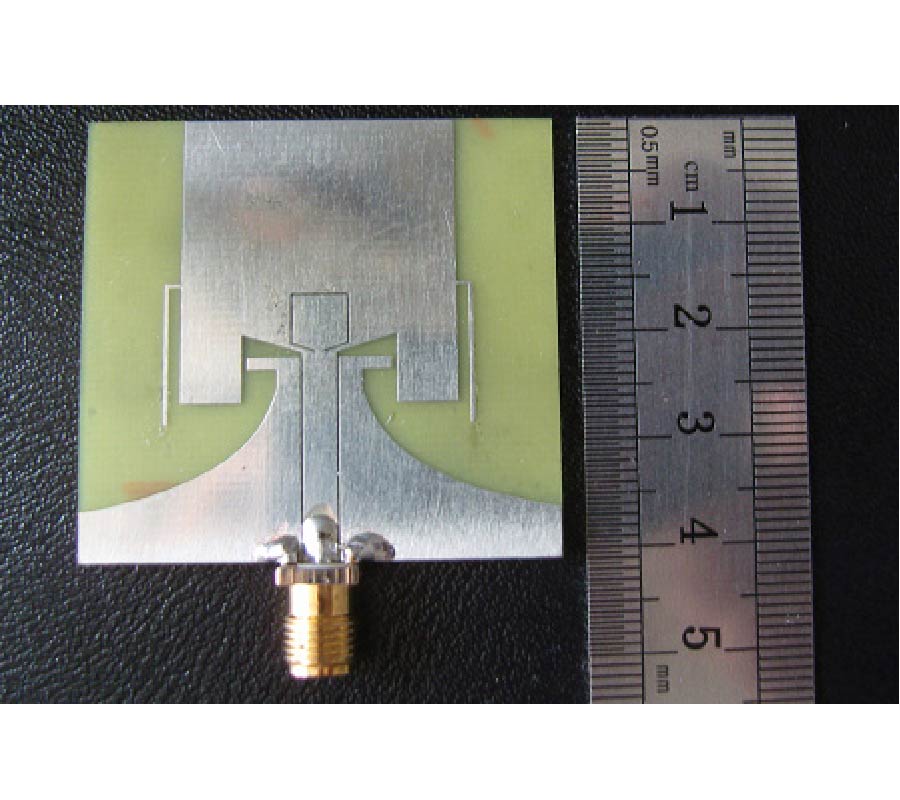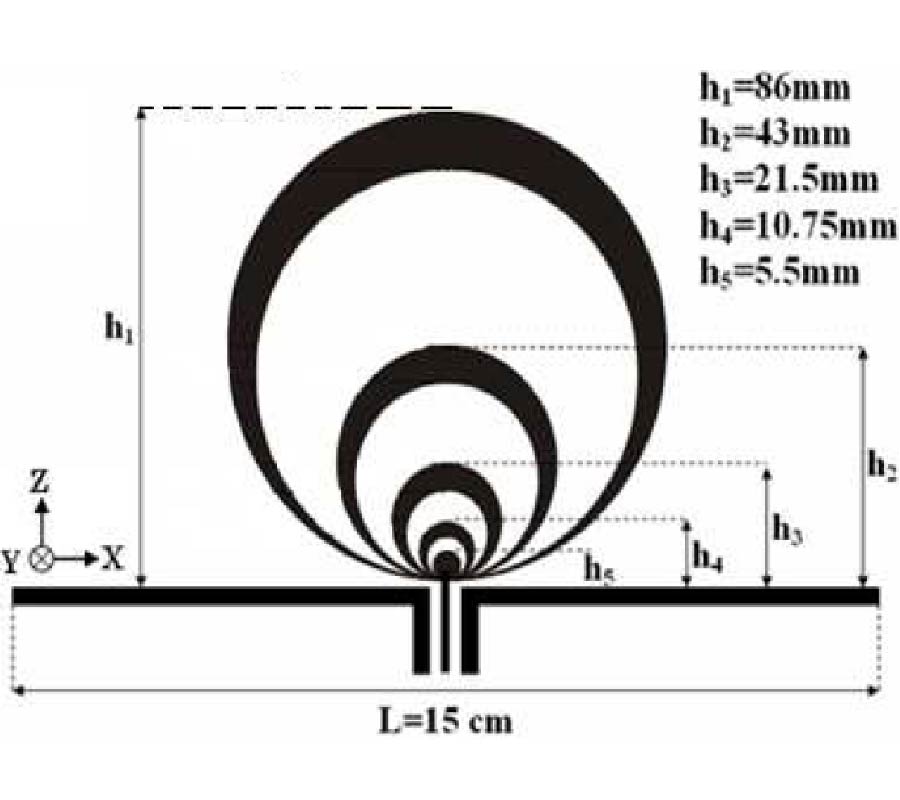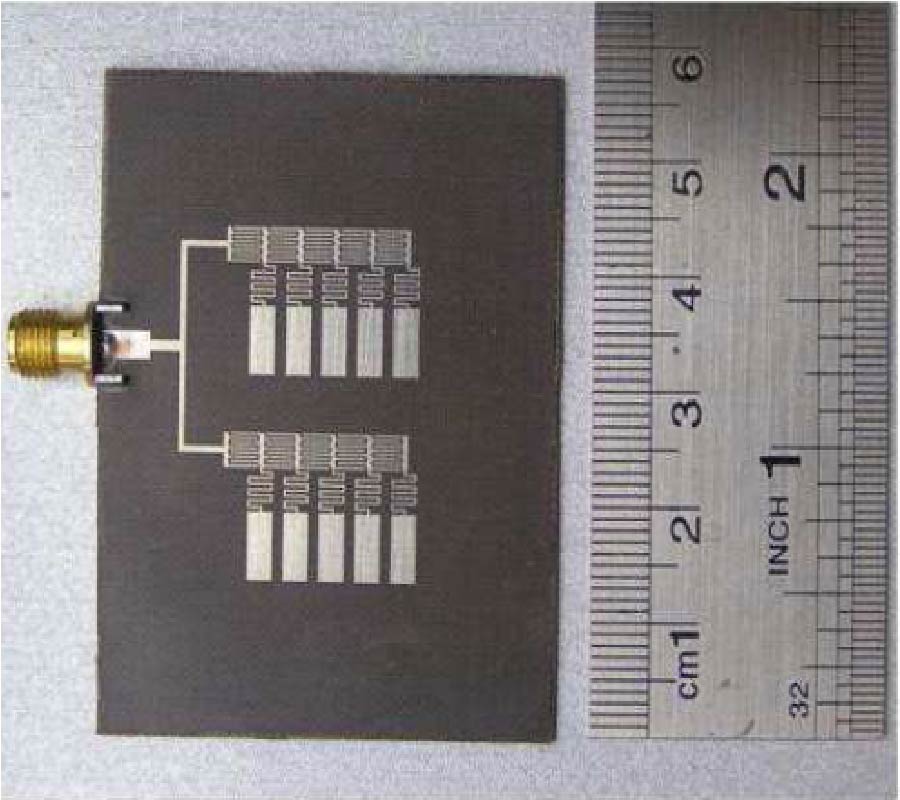A New Dual-Polarized Gap-Fed Patch Antenna
Sodnomtseren Ononchimeg,
Jae-Hoon Bang,
Bierng-Chearl Ahn and
Eun-Jong Cha
In this paper, a new compact dual-polarized microstrip patch antenna is proposed. The patch is of rectangular shape and fed by a gap between the patch edge and a microstrip open end. Gap feeding at the edge of a rectangular patch antenna is proposed for the first time in this paper. This method of feeding occupies a negligible space compared to other feeding methods such as a quarter-wave transformer feeder, an inset feeder, a proximity coupler, and an aperture-coupled feeder. Dual-polarized radiation is realized by feeding a rectangular patch with two orthogonal gaps. First, a single-polarized patch is designed. The impedance matching property of the gap is analyzed using an equivalent circuit. Next, starting from dimensions of the single-polarized patch, a dual-polarized patch antenna is designed by optimizing the patch length and gap width. The designed antenna is fabricated and tested. The fabricated antenna has reflection coefficient less than -10 dB, port isolation greater than 30 dB, over 14.5-15.2 GHz, and a gain of 6.2 dBi at 14.9 GHz.



















